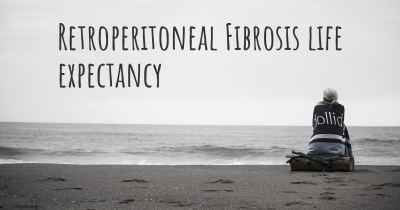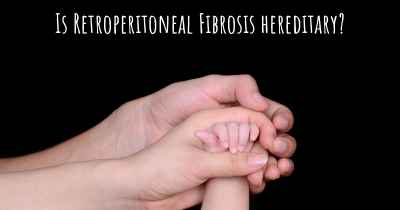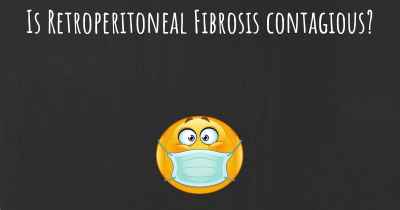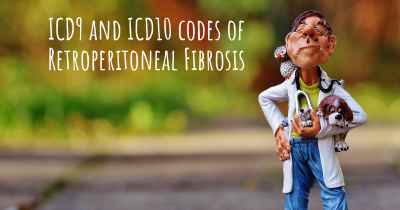What are the best treatments for Retroperitoneal Fibrosis?
See the best treatments for Retroperitoneal Fibrosis here
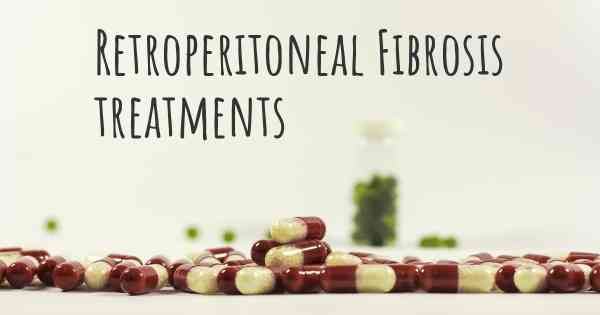
Treatments for Retroperitoneal Fibrosis
Retroperitoneal fibrosis (RPF) is a rare condition characterized by the abnormal growth of fibrous tissue in the retroperitoneal space, which is the area behind the abdominal cavity. This fibrous tissue can cause compression and obstruction of nearby structures, such as the ureters, leading to various complications. The treatment of RPF aims to relieve symptoms, prevent further damage, and manage complications.
1. Medications
Medications are often the first line of treatment for RPF. Corticosteroids such as prednisone or prednisolone are commonly prescribed to reduce inflammation and fibrosis. These medications can help alleviate symptoms and slow down the progression of the disease. However, long-term use of corticosteroids may have side effects, so the dosage is gradually tapered down over time.
In cases where corticosteroids are ineffective or not well-tolerated, immunosuppressive drugs like azathioprine or methotrexate may be prescribed. These medications work by suppressing the immune system and reducing inflammation.
2. Surgery
Surgery may be necessary in certain situations, especially when complications arise or when other treatments fail to provide adequate relief. The type of surgery depends on the specific needs of the patient and the extent of fibrosis. Some surgical options include:
- Ureteral stenting or bypass: If the ureters are obstructed, a stent or bypass surgery may be performed to restore proper urine flow.
- Decortication: In severe cases, where fibrosis is extensive and causing significant compression, surgical removal of the fibrous tissue may be necessary.
3. Radiation Therapy
Radiation therapy may be considered in cases where RPF is unresponsive to medications or when surgery is not feasible. It involves the use of high-energy radiation to target and shrink the fibrous tissue. Radiation therapy is typically administered over several sessions, and its effectiveness may vary from person to person.
4. Monitoring and Supportive Care
Regular monitoring is essential to assess the progression of RPF and manage any complications that may arise. This may involve periodic imaging tests, blood tests, and urine analysis. Additionally, supportive care measures can help alleviate symptoms and improve the overall well-being of the patient. These may include:
- Pain management: Over-the-counter or prescription pain medications can help relieve discomfort caused by RPF.
- Dietary modifications: A low-sodium diet may be recommended to manage fluid retention and high blood pressure.
- Physical therapy: Exercises and stretches prescribed by a physical therapist can help maintain mobility and reduce muscle stiffness.
It is important for individuals with RPF to work closely with their healthcare team to determine the most appropriate treatment plan based on their specific condition and needs. While there is no cure for RPF, early diagnosis and appropriate management can help control symptoms, prevent complications, and improve quality of life.
